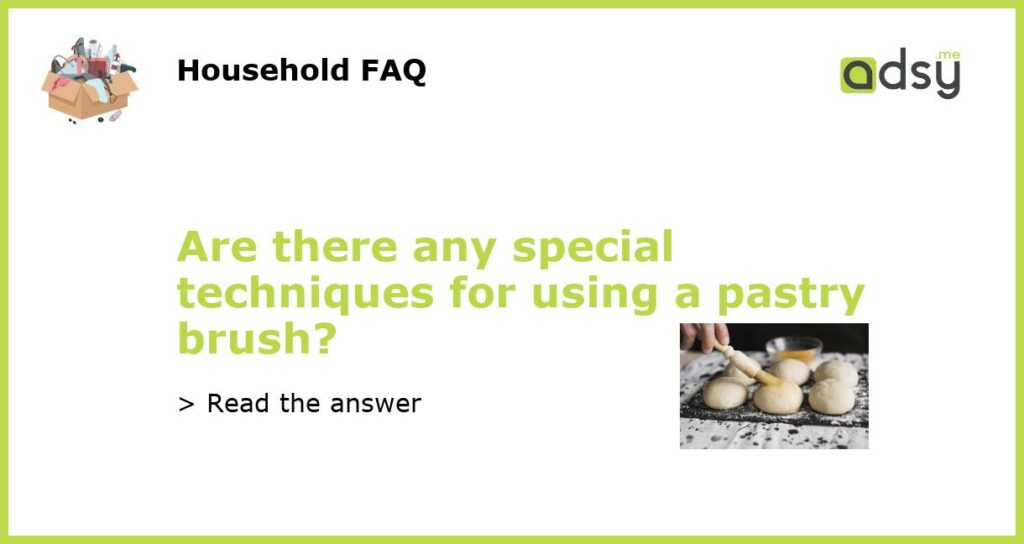The Basics of Using a Pastry Brush
A pastry brush is a versatile tool that is commonly used in baking and cooking. It is typically made from bristles or silicone and is used to brush or spread liquids, glazes, or egg wash onto food. While using a pastry brush may seem straightforward, there are a few techniques that can help you achieve the best results.
Choosing the Right Type of Pastry Brush
Before using a pastry brush, it’s important to choose the right type for the task at hand. Bristle brushes are commonly used for basting meats or applying glazes, while silicone brushes are often preferred for delicate pastries or cakes. Silicone brushes are also easier to clean and maintain compared to bristle brushes, as they are dishwasher safe. Additionally, consider the size and shape of the brush – a larger brush may be better for spreading glazes or egg wash onto larger surfaces, while a smaller brush may be more suitable for intricate details.
Proper Technique for Applying Liquids
When using a pastry brush to apply liquids such as egg wash, butter, or oil, it’s important to use the proper technique to ensure even and thorough coverage. Start by dipping the brush into the liquid, making sure to coat all the bristles. Then, lightly tap the brush on the edge of the bowl or container to remove any excess liquid. Gently brush the liquid onto the food in long, even strokes, working from one end to the other. Avoid pressing too hard, as this can result in uneven distribution or damage delicate pastries. If necessary, you can reapply the liquid using the same technique to ensure full coverage.
Cleaning and Maintaining Your Pastry Brush
Maintaining the cleanliness of your pastry brush is essential to prevent cross-contamination and ensure optimal performance. After each use, thoroughly wash the bristles or silicone head with warm, soapy water, paying attention to any trapped food particles. For bristle brushes, gently comb through the bristles with your fingers to remove any residue. Rinse the brush thoroughly and allow it to air dry or pat it dry with a clean cloth. If the brush is particularly dirty or has a strong odor, you can soak it in a mixture of warm water and dish soap before washing. It’s important to regularly inspect your pastry brush for any signs of wear, such as loose bristles or damaged silicone, and replace it if necessary.
Alternative Uses for a Pastry Brush
While a pastry brush is primarily used for baking and cooking tasks, it can also have a variety of other applications. For example, a pastry brush can be used to remove excess flour from dough or to brush off excess crumbs from cakes before frosting. It can also be used to dust powdered sugar or cocoa powder onto desserts for a decorative touch. Additionally, a pastry brush is handy for cleaning kitchen surfaces or brushing away excess marinades or sauces from grilled meats. The versatility of a pastry brush makes it a valuable tool to have in any kitchen.






